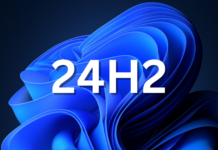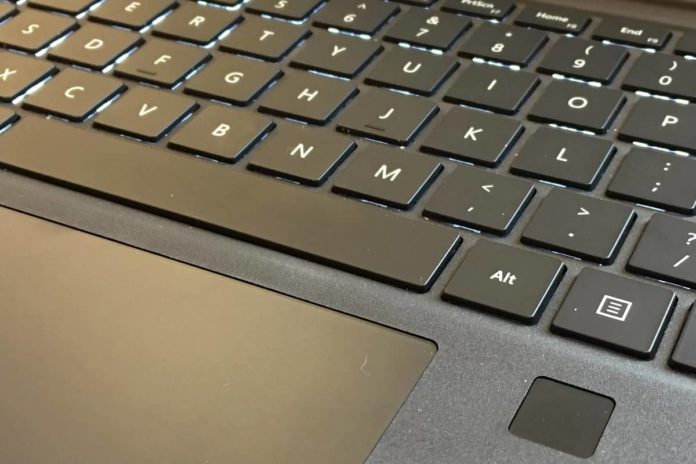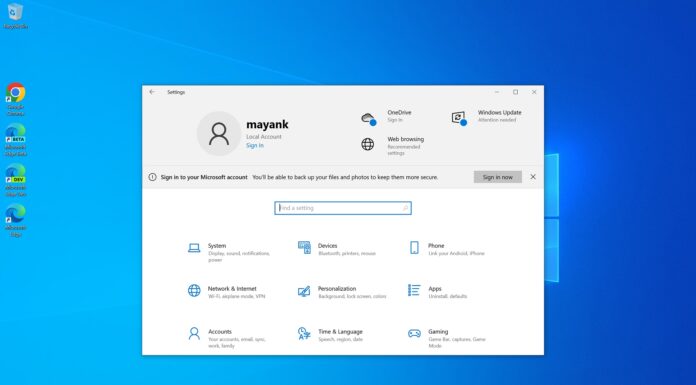Microsoft’s Windows Hello technology has improved the security of Windows 10 operating system and it appears that the upcoming Windows 10 devices would be even more secure. Microsoft has partnered with the PC maker Fujitsu to launch secure Windows 10 devices with a new technology called PalmSecure (Palm Vein Authentication).
Windows Hello, Fingerprint scanner and Palm Vein Authentication aims to keep the devices running the Windows 10 operating system protected. While fingerprints can be cloned, it would be difficult to trick the system which is powered by Palm Vein Authentication since it relies on your palm.
Palm Vein Authentication integration in Windows 10 operating system is Microsoft’s attempt to improve the security of the platform. It goes without saying that Palm Vein Authentication developed by Microsoft and Fujitsu is something truly innovative, this feature will be available for the customers who purchase new device models.
Palm Vein Authentication is actually better than the fingerprint system as the former can’t be replicated by an attacker. Your fingerprint can be cloned but it’s not yet possible to breach the Palm Vein Authentication.
Just like how a fingerprint sensor works, users will need to put the palm over the sensor and it would record the unique vein map. The locking and unlocking of devices with the unique vein map wouldn’t take a while, though the actual results will be available once the security researchers attempt to hack the system.
While fingerprint sensor requires physical touch, the Palm Vein Authentication has one major advantage: contactless authentication. In other words, the new technology “PalmSecure” is actually a more hygienic means of logging in. Since it uses an advanced authentication algorithm, the system would be able to offer a high level of accuracy. The focus is now on enterprises, but in the coming months, this technology will be also released to the consumers.
“Vein patterns are unique to individuals and contain detailed characteristics for formulation of algorithm template. The sensor of the palm vein device can only recognize the pattern if the deoxidized hemoglobin is actively flowing within the individual’s veins,” Fujitsu, Microsoft’s partner explained in a press release.






















